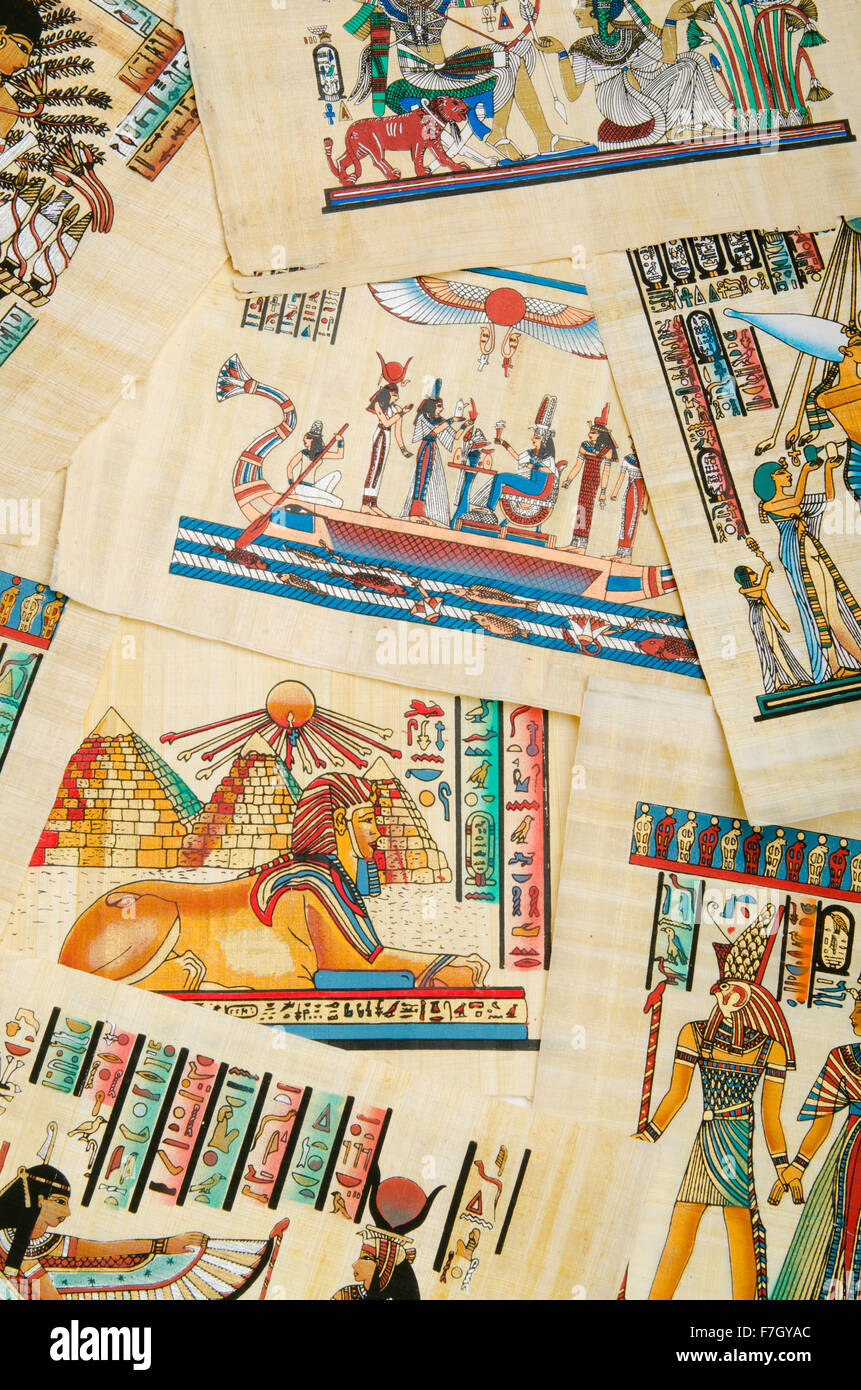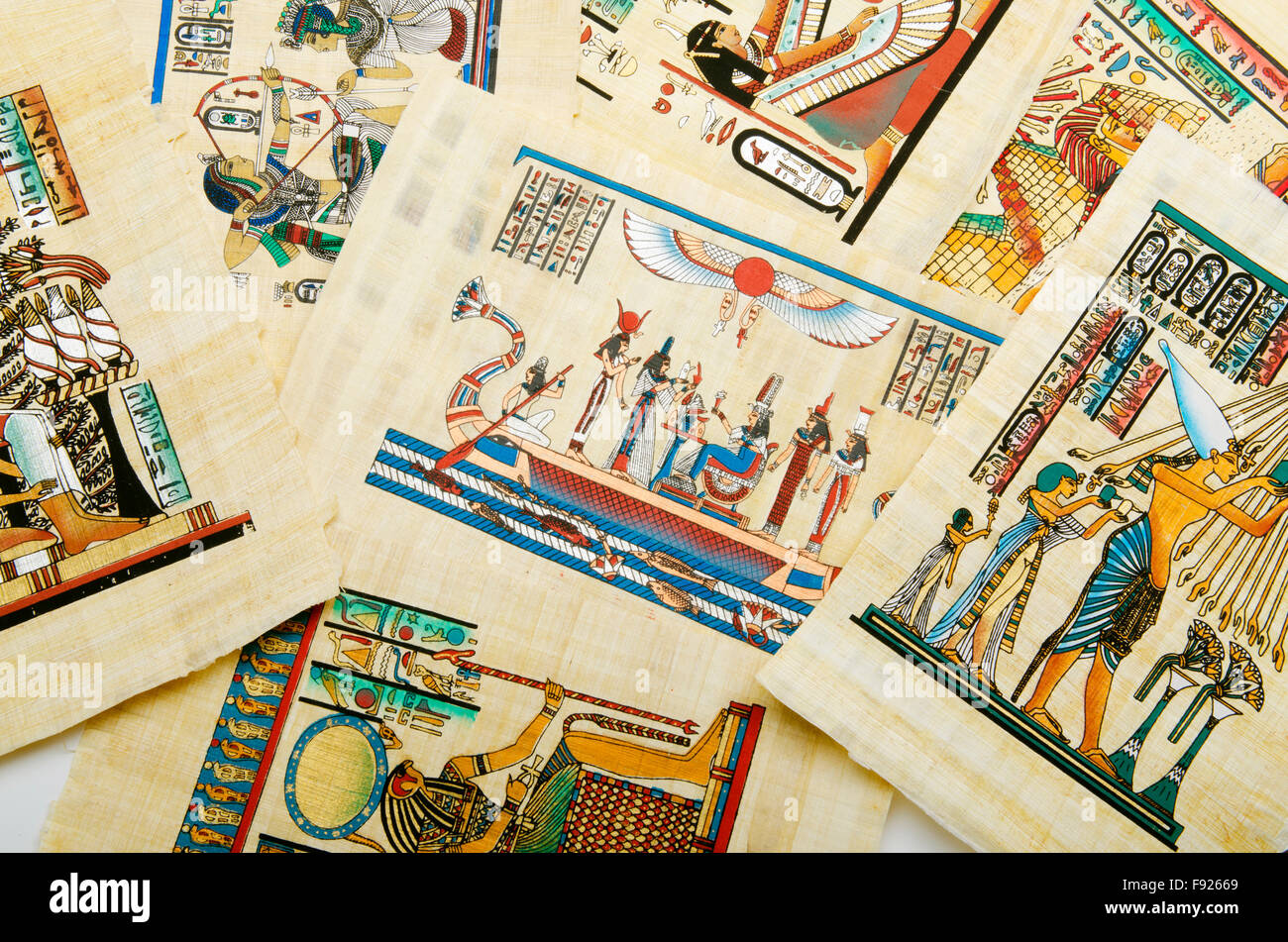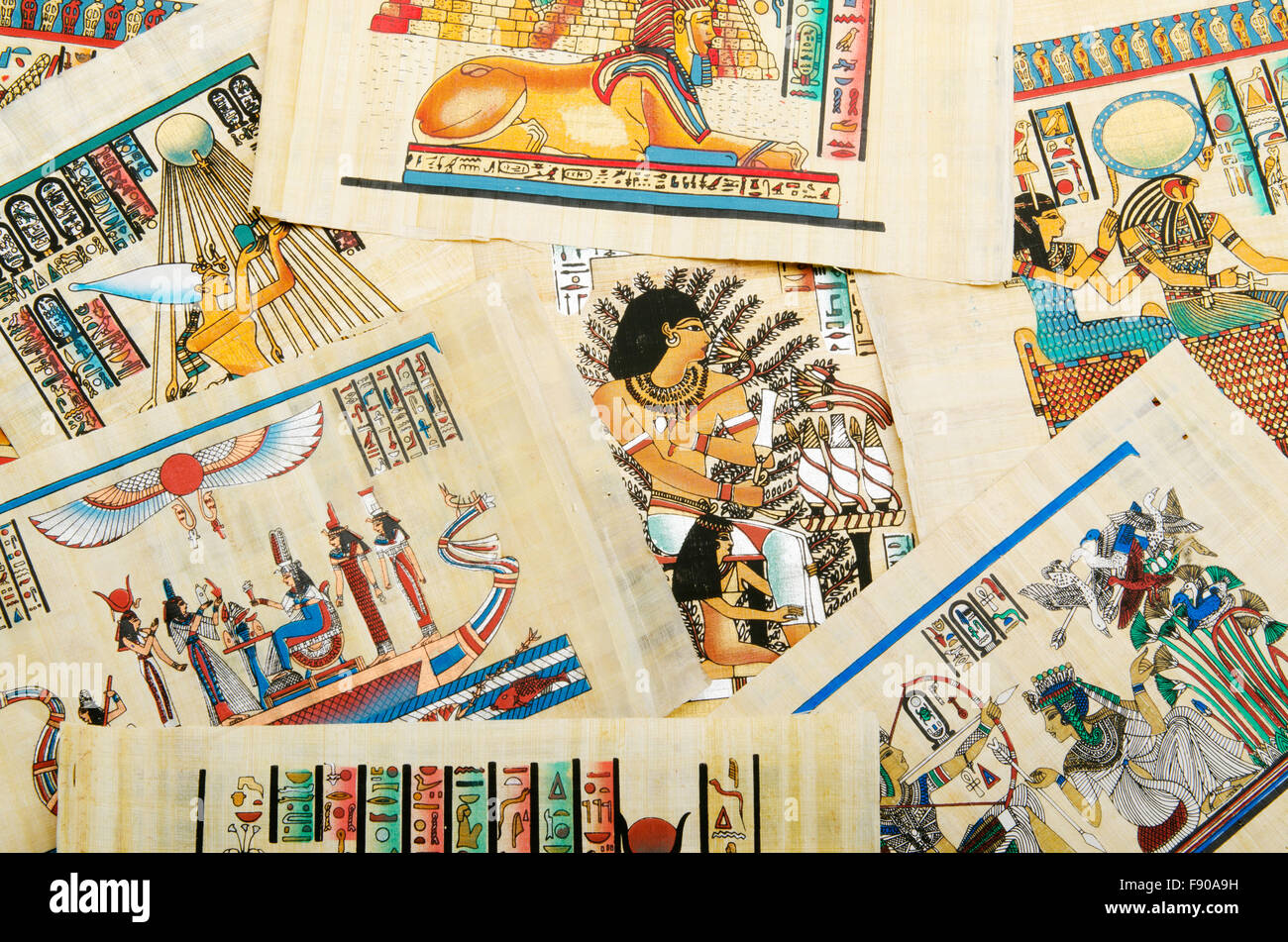The US-Iran Conflict: Unraveling Decades Of Tension
Tensions between the US and Iran have once again hit a boiling point, capturing global headlines and sparking fears of a wider regional conflict. While recent events might seem sudden or isolated, they are merely the latest tremors in a relationship that has been simmering for decades. The intricate dance of diplomacy, deterrence, and outright confrontation between Washington and Tehran spans far beyond the immediate concerns of missile strikes or nuclear ambitions. This enduring rivalry is a complex tapestry woven with historical grievances, geopolitical interests, and deeply entrenched ideological differences, making it one of the most significant and volatile challenges in modern international relations.
Understanding the current state of affairs requires a deep dive into the historical roots and evolving dynamics of this multifaceted conflict. From the dramatic shifts of the 1979 Iranian Revolution to the persistent accusations of nuclear proliferation and state-sponsored terrorism, the US-Iran relationship has consistently shaped the geopolitical landscape of the Middle East. This article aims to untangle this complicated history, exploring the key events, accusations, and alliances that have brought these two nations to their current precarious standoff, and to shed light on why their future interactions will remain front and center for global stability.
Table of Contents
- The Roots of a Rocky Relationship: Pre-1979
- The Turning Point: The 1979 Iranian Revolution
- A New Adversary: The 1980s and Beyond
- The Nuclear Question: A Central Pillar of Conflict
- Regional Proxy Wars and Instability
- The Escalating Iran-Israel Dynamic
- The Current Climate: Brink of a Wider War?
- Looking Ahead: The 2024 US Election and Beyond
The Roots of a Rocky Relationship: Pre-1979
Before the seismic shift of the 1979 revolution, the United States and Iran enjoyed a relationship that, while not without its complexities, was largely characterized by strategic alliance. For decades, particularly after World War II, the U.S. viewed Iran, under the rule of Shah Mohammad Reza Pahlavi, as a crucial partner in maintaining stability in the Persian Gulf and containing Soviet influence. The Shah was seen as a modernizing force and a bulwark against communism, and in return, he received significant military and economic aid from Washington. This period saw extensive American influence in Iran, from military training to cultural exchange, laying the groundwork for a deep, albeit often resented, interdependence. However, the Shah's authoritarian rule, his suppression of dissent, and his close ties to the West fueled growing discontent among various segments of Iranian society, setting the stage for the dramatic upheaval that would fundamentally alter the course of US-Iran relations and indeed, the entire Middle East. This era of cooperation, often viewed through a nostalgic lens by some American policymakers, was perceived very differently by many Iranians, who saw it as an imposition of foreign will and a betrayal of national sovereignty.The Turning Point: The 1979 Iranian Revolution
The year 1979 stands as the undeniable watershed moment in the history of the US-Iran conflict. It was the year when the authoritarian Shah of Iran, Mohammad Reza Pahlavi, a close ally of the United States and Israel, was overthrown by the revolutionary forces led by Ayatollah Ruhollah Khomeini. This Islamic Revolution was not merely a change of government; it was a profound ideological transformation that reshaped Iran from a pro-Western monarchy into an anti-Western Islamic Republic. The revolution brought with it a deep-seated anti-American sentiment, fueled by decades of perceived U.S. interference in Iranian affairs, including the 1953 CIA-orchestrated coup that reinstated the Shah. The subsequent hostage crisis at the U.S. embassy in Tehran, where 52 American diplomats and citizens were held for 444 days, solidified the image of Iran as a hostile and unpredictable adversary in the American public's mind. This event marked a definitive break in diplomatic relations and ushered in an era of profound mistrust and animosity. The new Iranian government, driven by its revolutionary ideals, viewed the United States as the "Great Satan" and a primary obstacle to its regional ambitions and ideological purity. This dramatic shift not only severed diplomatic ties but also laid the foundational animosity that continues to define the US-Iran conflict to this day, setting the stage for decades of confrontation and proxy battles. The overthrow of the Shah also directly impacted the burgeoning relationship between Iran and Israel, turning former allies into bitter enemies almost overnight.A New Adversary: The 1980s and Beyond
Following the revolution, Iran quickly emerged as a formidable and complex adversary for the United States, a challenge arguably more significant than other rivals like Venezuela. Since the 1980s, this new Islamic Republic has consistently been a key adversary of the U.S., engaging in a protracted ideological and geopolitical struggle across the Middle East. One of the earliest and most impactful tests of this new relationship was the devastating Iran-Iraq War (1980-1988), where the U.S. covertly supported Iraq, further deepening Iran's distrust of Washington. This period also saw the crystallization of U.S. accusations against Iran, primarily concerning its alleged sponsorship of terrorism. The United States has consistently accused Iran of sponsoring terrorism, pursuing nuclear weapons, and undermining peace and stability in the Middle East. These accusations are often substantiated by Iran's overt support for various non-state actors and proxy groups across the region. Notably, Iran's backing for groups like Hezbollah in Lebanon, which the U.S. designates as a terrorist organization, has been a persistent point of contention. Furthermore, Iran's involvement in conflicts in Iraq, Syria, and Yemen, often through its Revolutionary Guard Corps (IRGC) and its Quds Force, is seen by Washington as a direct challenge to regional stability and U.S. interests. This pattern of behavior, from the 1980s onwards, has solidified Iran's image as a destabilizing force in the eyes of the U.S. and its allies, fueling a cycle of sanctions, counter-sanctions, and low-intensity conflict that defines the ongoing US-Iran conflict.The Nuclear Question: A Central Pillar of Conflict
At the very core of the US-Iran conflict, and indeed a primary driver of global concern, lies the contentious issue of Iran's nuclear program. The United States accuses Iran of pursuing a clandestine nuclear weapons program, a claim vehemently denied by Tehran, which insists its nuclear activities are solely for peaceful energy purposes. This accusation has been a constant source of tension, escalating dramatically at various points over the past two decades. A decade of intense diplomatic activity and intermittent Iranian engagement with the UN's nuclear watchdog, the International Atomic Energy Agency (IAEA), has followed these initial concerns. This period saw the negotiation and implementation of the Joint Comprehensive Plan of Action (JCPOA), commonly known as the Iran Nuclear Deal, in 2015. This landmark agreement, signed by Iran, the P5+1 powers (China, France, Germany, Russia, the United Kingdom, and the United States), and the European Union, aimed to curb Iran's nuclear program in exchange for sanctions relief. However, the deal's future became uncertain when the United States, under U.S. President Donald Trump, expressed profound concerns about the situation in the Middle East and withdrew from the JCPOA in 2018. Trump argued the deal was too lenient and did not adequately address Iran's ballistic missile program or its regional destabilizing activities. This withdrawal, and the subsequent re-imposition of crippling U.S. sanctions, led Iran to gradually roll back its commitments under the deal, further intensifying fears about its nuclear ambitions. The nuclear question remains a critical flashpoint, with many fearing that Iran's potential acquisition of nuclear weapons capabilities could trigger a dangerous arms race in an already volatile region, pushing the US-Iran conflict to new, more dangerous heights.Regional Proxy Wars and Instability
Beyond the nuclear issue, a significant dimension of the US-Iran conflict manifests through proxy wars and Iran's extensive network of regional influence. The U.S. has consistently accused Iran of undermining peace and stability in the Middle East, particularly through its support for various non-state actors and armed groups. These proxies, often ideologically aligned with Tehran, allow Iran to project power and exert influence across the region without direct military confrontation, complicating efforts to resolve conflicts and often drawing the U.S. into indirect engagements. Key examples include Iran's unwavering support for Hezbollah in Lebanon, a powerful political party and militant group that maintains a significant arsenal and plays a critical role in Lebanese politics. Similarly, Iran's involvement in Iraq, particularly through its backing of various Shiite militias, has been a source of tension, especially as the U.S. has maintained a military presence there. In Yemen, Iran is accused of supporting the Houthi rebels, contributing to a devastating civil war and threatening vital shipping lanes. In Syria, Iran's military and financial aid to the Assad regime has been instrumental in the ongoing conflict, further entrenching its regional footprint. These actions directly challenge U.S. strategic interests, which aim to promote stability and secure the flow of Middle Eastern oil, a concern that has historically driven U.S. foreign policy in the region. The U.S. was concerned that the conflict would limit the flow of Middle Eastern oil and has consistently sought to counter Iranian influence to ensure regional energy security. This intricate web of alliances and proxy engagements means that the US-Iran conflict is rarely a direct bilateral confrontation but rather a multifaceted struggle played out across the battlefields and political arenas of the broader Middle East.The Escalating Iran-Israel Dynamic
The conflict between Iran and Israel, once largely relegated to the shadows, has escalated yet again, becoming an increasingly central and dangerous component of the broader US-Iran conflict. This rivalry has shaped the Middle East for decades, evolving from a covert, low-boil antagonism into a more overt and perilous exchange of blows.From Shadows to Spotlight: A Shifting Rivalry
For many years, the animosity between Iran and Israel was characterized by a "shadow war." It was largely on a low boil as the two sides attacked each other — mostly quietly and in Iran’s case often by proxy, through groups like Hezbollah or through cyberattacks. Israel conducted covert operations, assassinations of Iranian nuclear scientists, and airstrikes against Iranian targets in Syria. Iran, in turn, supported groups that threatened Israel's borders and interests. This indirect confrontation allowed both sides to inflict damage without triggering a full-scale war, maintaining a delicate balance of deterrence. However, recent events have seen this dynamic shift dramatically, bringing the conflict into the open and raising the stakes considerably.Israel's Existential Threat Perception
Israel sees Iran as its most dangerous enemy, primarily due to Tehran’s relentless pursuit of nuclear capabilities, its explicit calls for Israel’s destruction, and its unwavering support for armed groups on Israel's borders. Iran and Israel have been enemies for the past few decades, with Iran openly stating it wants to "wipe Israel off the map," a rhetoric that Israel takes very seriously. This existential threat perception drives Israel's aggressive posture, leading it to take proactive measures to counter Iranian influence and prevent its nuclear program from advancing. For Israel, a nuclear-armed Iran, coupled with its hostile rhetoric and regional proxy network, represents an unacceptable security risk, justifying pre-emptive actions and a zero-tolerance policy towards any perceived Iranian encroachment on its security.Recent Direct Confrontations
The long-simmering tensions between Iran and Israel have recently erupted into direct military exchanges, marking a dangerous new phase in their rivalry. A significant turning point occurred when, on June 13, explosions rocked Tehran as Israel reportedly carried out a major attack on Iran’s nuclear program, targeting critical facilities. This was a clear escalation from previous covert operations. Iran responded to a Damascus airstrike, widely attributed to Israel, by launching a nighttime attack on Israel with 120 drones and missiles. While most of these projectiles were intercepted, the direct nature of the attack represented a significant departure from Iran's usual reliance on proxies. These tit-for-tat strikes underscore the heightened risk of miscalculation and the potential for a rapid escalation into a broader regional war, pushing West Asia to the brink.The US Role: Ally and Intervenor
The United States is a major ally of Israel and has supported Israel for many decades, a commitment that profoundly impacts the US-Iran conflict. This unwavering alliance means that any direct confrontation between Iran and Israel inevitably draws in the U.S., raising the specter of a wider regional war. In recent escalations, the U.S. has actively participated in shooting down Iranian missiles aimed at Israel, demonstrating its immediate commitment to Israel's defense. Furthermore, there have been discussions and considerations within Washington about the possibility of joining the war with Israel against Iran, highlighting the depth of the U.S. security guarantee to its ally. This strong bond with Israel means that the U.S. is not merely an observer but an active participant in the Iran-Israel dynamic, with its actions and rhetoric often shaping the trajectory of the conflict. The U.S. commitment to Israel's security ensures that the escalating Iran-Israel conflict remains a critical dimension of the overall US-Iran conflict, with global implications.The Current Climate: Brink of a Wider War?
The current geopolitical climate in West Asia is arguably more volatile than it has been in decades, with the US-Iran conflict at its heart. With the U.S. trying to balance diplomacy and deterrence, the region teeters on the brink of a wider regional war, with nuclear fears at its core. The recent direct exchanges between Iran and Israel, coupled with ongoing proxy conflicts, have created a precarious situation where a single misstep could trigger a devastating escalation. The nuclear dimension amplifies this danger; the longer Iran's nuclear program advances without a comprehensive deal, the greater the risk of a military confrontation to prevent it from acquiring nuclear weapons capabilities. Both Washington and Tehran are engaged in a high-stakes game of brinkmanship, each testing the other's resolve while attempting to avoid an all-out war that neither side truly desires. However, the complex web of alliances, the presence of numerous non-state actors, and the deeply entrenched ideological animosities make de-escalation incredibly challenging. The flow of Middle Eastern oil, a critical global resource, also remains a constant concern, with any major conflict threatening to disrupt supply lines and send shockwaves through the world economy. The current climate is one of heightened alert, where every diplomatic overture is met with skepticism, and every military action carries the potential for unintended and catastrophic consequences, underscoring the urgency of finding a path towards stability in the ongoing US-Iran conflict.Looking Ahead: The 2024 US Election and Beyond
The future trajectory of the US-Iran conflict is poised to be a significant issue that will be front and center for many federal agencies in Washington, D.C., particularly with the results of the U.S. Election in 2024 looming. The approach to the Iranian government has historically varied significantly between different U.S. administrations, oscillating between aggressive confrontation, stringent sanctions, and attempts at diplomatic engagement. A change in leadership in the White House could signal a dramatic shift in policy, potentially leading to renewed efforts at negotiation or, conversely, a more assertive and confrontational stance. Regardless of who occupies the Oval Office, Iran will remain a more significant challenge than other rivals like Venezuela, given its strategic location, its regional influence, and its controversial nuclear program. The complexities of the US-Iran conflict demand a nuanced strategy that balances deterrence with diplomatic avenues, addressing both the nuclear threat and Iran's regional destabilizing activities. The international community will closely watch how the next U.S. administration navigates this perilous relationship, as its decisions will have profound implications not only for the Middle East but for global security and economic stability. The enduring nature of this rivalry ensures that the US-Iran conflict will continue to be a defining feature of international relations for the foreseeable future.Conclusion
The US-Iran conflict is a deeply entrenched and multifaceted rivalry, a testament to decades of historical grievances, ideological clashes, and geopolitical competition. From the transformative 1979 revolution that turned a strategic ally into a bitter adversary, to the persistent accusations surrounding Iran's nuclear ambitions and its extensive network of regional proxies, the relationship between Washington and Tehran has been a constant source of global instability. The escalating tensions between Iran and Israel, with the U.S. firmly allied with the latter, further complicate this already volatile dynamic, pushing the Middle East to the brink of a wider regional war with nuclear fears at its core. As we look ahead, particularly with the upcoming U.S. election, the approach to managing this complex relationship will remain a paramount challenge for policymakers. Understanding this intricate history is crucial for anyone seeking to comprehend the current geopolitical landscape. What are your thoughts on the most critical turning point in the US-Iran conflict? Share your perspective in the comments below, and consider exploring our other articles on Middle Eastern geopolitics to deepen your understanding of this vital region.- Ej%C3%A3rcito Ir%C3%A3n Vs Israel
- Separation Film Iran
- Drones In Iran
- Iran Vs Israel History
- Irane Xnxx

Egyptian history concept with papyrus Stock Photo - Alamy

Egyptian history concept with papyrus Stock Photo - Alamy

Egyptian history concept with papyrus Stock Photo - Alamy